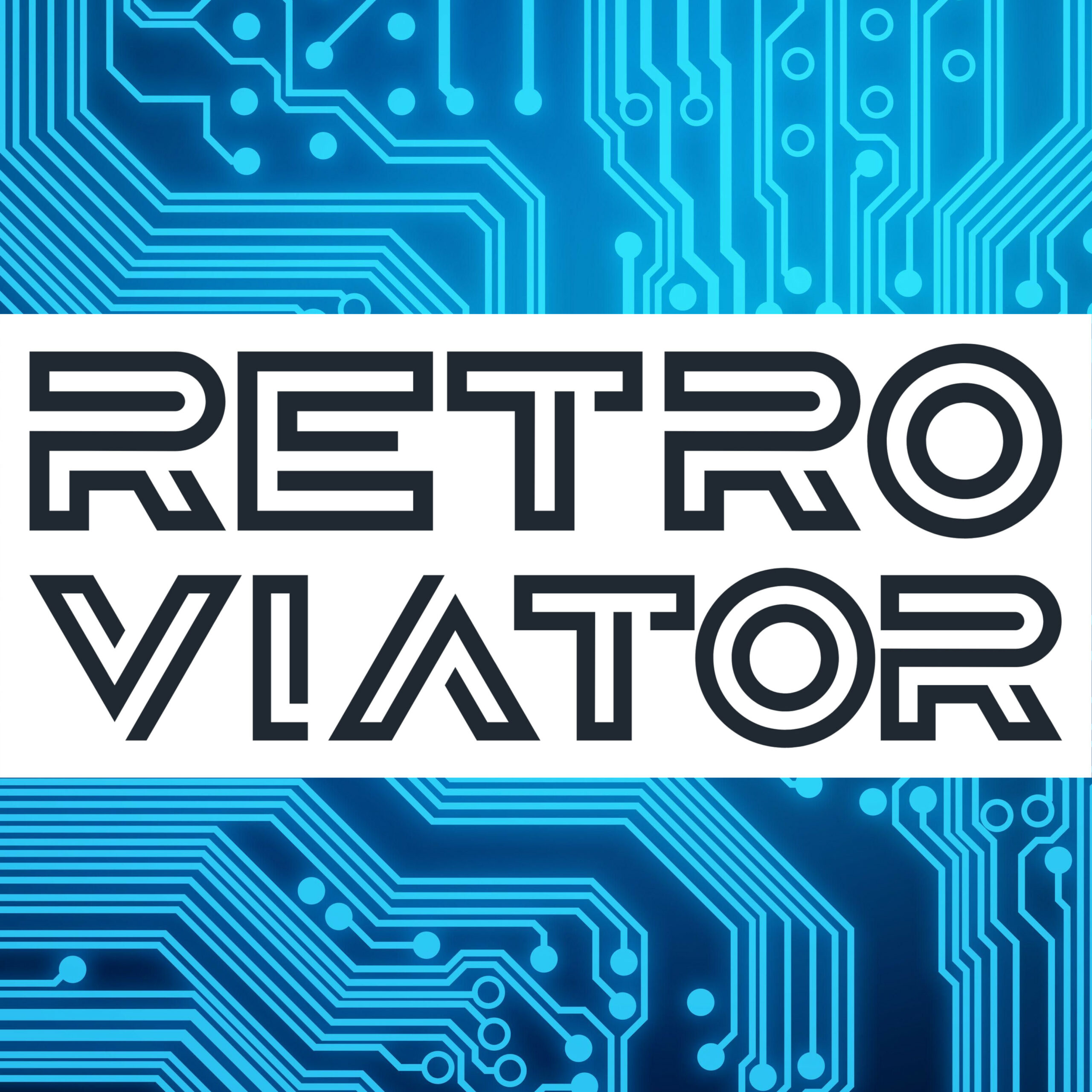The iMac G4 was the memorable follow-up to Apple’s revolutionary iMac. Upon the return of Steve Jobs in 1997, he boldly transformed Apple’s products and inspired a historic line of devices. This “Flat Panel” iMac was built to highlight its attractive LCD monitor, which turned the traditional Macintosh all-in-one design on its head.
I first encountered an iMac G4 when I helped a friend set one up in 2002. Every experience was new. From taking the alien-looking device out of the box, to seeing OS X, to launching Safari, it was my first exploration of a now common-place world.
The Bondi Blue iMac released in 1998 demonstrated Apple’s renewed prowess. It ushered in a series of bold decisions, including using translucent materials paired with bright accent colors. After the original iMac’s nearly five-year run, this “new iMac” retained the translucent plastics but pivoted away from color and embraced stark white. Echoing the styling of the iPod released the year before, the iMac G4 and iPod were a matched set. Simple and stylish, both designs are now legendary.

Named for its PowerPC G4 processor, the iMac G4 came in 700MHz to 1.25GHz variants. The RISC-based PowerPC chip was a technology partnership between Apple, IBM, and Motorola. Apple used this processor across its product line: from the portable iBook and PowerBook to the tower-style Power Mac and the amazing Power Mac Cube. Even the bargain-priced eMac, the early Mac Mini, and rack-mount Xserve came in G4 configurations.
The display was available in 15-inch, 17-inch, and 20-inch sizes. The half-dome base housed NVidia GeForce graphics, at least 256MB of RAM, a 40GB to 80GB hard drive, and a CD/DVD optical drive. It offered USB 1.1 or 2.0 and FireWire 400 connections. A 56Kbps modem and 100Mbps Ethernet were built in, with Apple’s AirPort WiFi as an option. The earliest versions of this transitional iMac could run Mac OS 9.2, but later models only ran OS X Jaguar to Tiger.

This particular iMac came to me through Craigslist. It is a “Spring 2003” 17-inch model with a 1GHz PowerPC 7445 G4 processor supported by 256KB of Level 2 cache. It also has Nvidia GeForce4 MX graphics with 64MB of dedicated VRAM capable of supporting resolutions up to 1440 x 900. It came with the standard 256MB of system RAM, but a 1GB upgrade was also installed. Finally, an 80GB Ultra/ATA100 hard drive and a 4X “SuperDrive” DVD-R/CD-RW were present.
It had been reasonably well-preserved but needed a good cleaning. Opening the computer was like working a 3D puzzle. It was impressive to see Apple’s precision as each part fit together with tight tolerances.



Once the computer was disassembled and thoroughly cleaned, I verified everything was in good condition and determined my upgrade options. I decided to max out the RAM, replace the 7200 RPM drive with an SSD, and add WiFi to the system. Along the way, I also replaced the battery and picked up Apple’s propriety speakers.
I kept the 1GB of laptop-style SO-DIMM memory in the user-accessible slot but secured another 1GB of DDR RAM for the logic board. The official specification limits the system’s RAM to 1GB, but a 2GB configuration works fine. OWC offers a simple kit for the hard drive to replace the spinning drive with a 120GB Mercury Electra 3G solid-state unit. The Airport Extreme card, supporting 54Mbps 802.11g, was easy to find on eBay, and the installation couldn’t be easier tucked under the bottom plate. Unfortunately, I tried to add Bluetooth, but while Apple’s Bluetooth modules are affordable and easy to find, the cable that connects the module to the built-in antenna proved impossible to source.



After reassembling the computer, I was pleased to see it power on without issue, though it took some work to install OS X. While I had a Mac OS 10.5 Leopard DVD, it would not install. I could download a copy of 10.4 Tiger from Archive.org, but several errors occurred during the installation. Eventually, I could get the base Tiger OS up and running. After removing WPA2 security from my WiFi router, I could also test the Airport Extreme card and download a small collection of system updates.



I believe the iMac G4 is the most attractive and innovative-yet-functional computer made during Apple’s Power PC era. While my early Apple experiences were in the 68k days, I returned to the Mac fold soon after the G4 was retired and purchased an iMac G5 for my home. I’ve had a Mac ever since. I am proud to add this beautiful machine to my collection.


Apple made a lot of innovative designs. I have a fully functional 17″ and a gutted 15″ iMac Flat Panel. I also built a mini version Hackintosh!
how is the original packing of apple imac g4?
I move, and need to pack it save, I got it 2nd hand long time ago, have nit the oringian package.
The food is very heavy, ned fixed very well. Or is the monitot to take awa?
They iMac G4 is intimidating to pack without the original materials! I received mine through the mail, and the shipper did a good job. They carefully wrapped the LCD screen and computer base with several layers of bubble wrap, then they packed it in a sturdy box and used foam around the base of the box. Importantly, I believe they used old pillows to pack around the neck portion of the iMac, which help protect the metal arm. Finally, they used packing peanuts to fill in around the LCD screen. If I remember correctly, that’s how it arrived safely to me. Of course, your mileage may vary. Good luck!